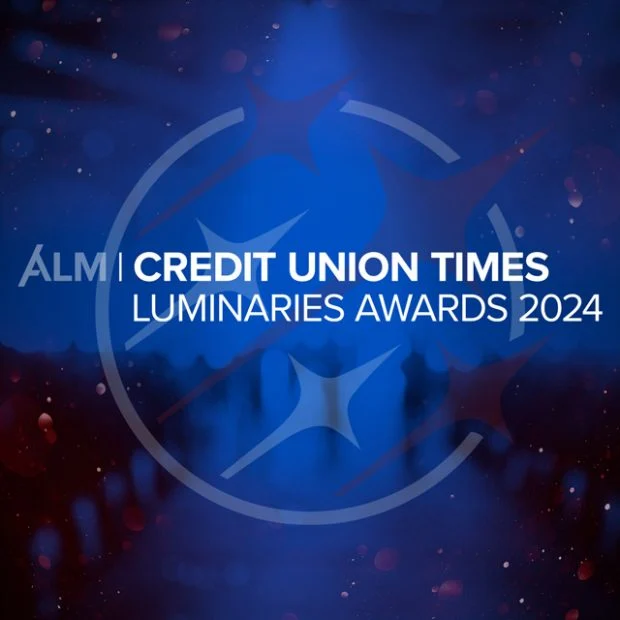Multi-featured lending has been a hot topic since changes to Reg Z's open-end rules were announced in 2009. The most recent development is the NCUA's July 2012 letter to federal credit unions, 12-FCU-02, and accompanying supervisory letter to examiners.
The new guidance is clearly written and easy to understand. Nonetheless, some in the industry continue to express confusion about what credit unions can and cannot do under the Reg Z open-end rules. Allow me to clarify.
The LFCU clearly describes the fundamental rules for the two main types of multi-featured plans that emerged after the rules changed. A multi-featured open-end lending plan is strictly open-end because it provides only open-end disclosures, even for closed-end loans such as vehicle loans. This means credit unions can perform no underwriting or credit verification in connection with an advance request. Instead, credit unions using MFOELs must adhere to a complicated set of severe restrictions to perform "occasional" or "routine" credit verification.
Recommended For You
Blended multi-featured lending plans are much simpler and easier to use. They provide open-end disclosures for open-end subaccounts and closed-end disclosures for closed-end subaccounts. Because the closed-end disclosures are provided, credit unions are free to fully underwrite closed-end advance requests.
The only significant difference between blended plans and the open-end plans that existed before the rules changed is that borrowers receive a closed-end fed box disclosure with their closed-end advance proceeds. In the LFCU, the NCUA states officially that such plans are permissible and compliant.
The NCUA's guidance gets it exactly right. I know from my discussions with the CFPB and, before that, the Federal Reserve Board, that the intent was never to fundamentally change multi-featured plans, their single-signature nature or credit unions' underwriting practices. The only intent was to have credit unions provide closed-end disclosures for closed-end loans that are underwritten, such as vehicle loans.
The NCUA's guidance now reflects the CFPB's intent. If you provide closed-end disclosures, you can underwrite. If you don't, you can't. It really isn't any more complicated than that, which is why Securian created in 2009 the blended approach described in the LFCU.
The most important point to take out of all the chatter is simply this: credit unions trapped in the cycle of MFOEL confusion now have a way out–the blended MFL approach. With this approach, credit unions can stop worrying about whether their plans are compliant. They can get back to underwriting the way they always have, with no complicated verification matrixes and no significant re-working of policies, procedures, training or systems.
The unnecessary confusion has gone on long enough. It's time to shut out the noise, use the blended approach and get back to the basics and business of lending.
Catherine Klimek is senior counsel with Securian Financial Group.
Contact 651-665-3285 or [email protected]
© 2025 ALM Global, LLC, All Rights Reserved. Request academic re-use from www.copyright.com. All other uses, submit a request to [email protected]. For more information visit Asset & Logo Licensing.







